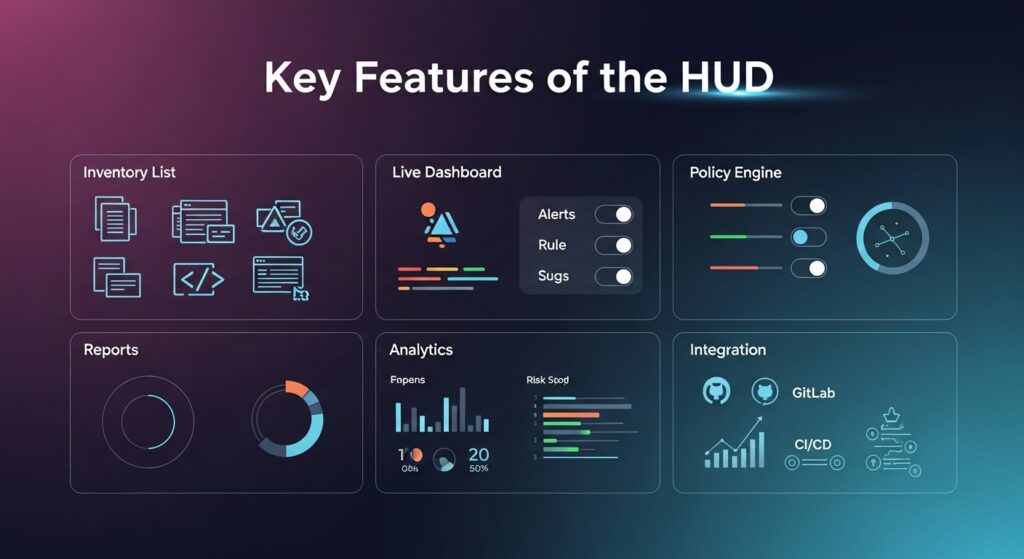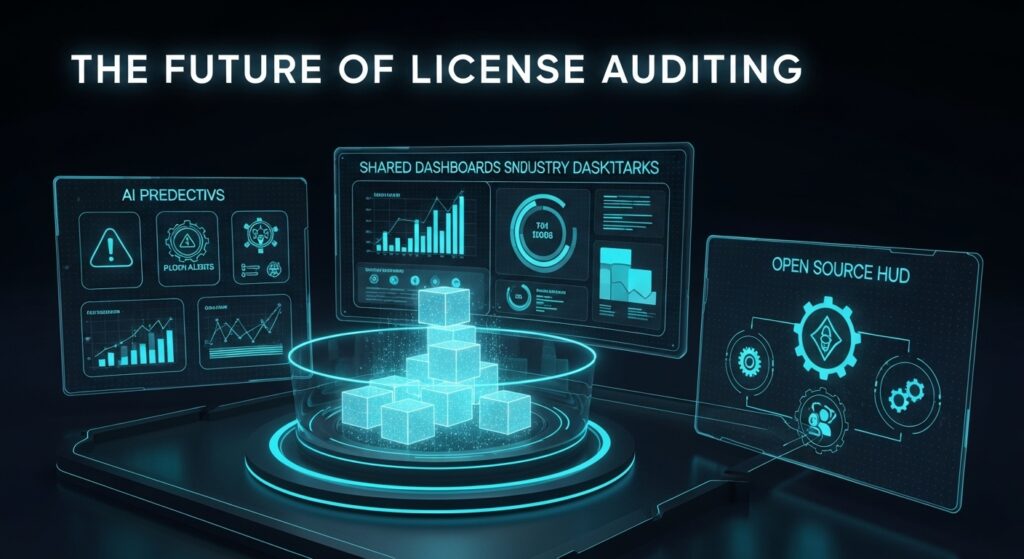In today’s digital world, companies use a mix of tools—open-source apps, paid programs, and custom builds. With so many software pieces running together, keeping track of their licenses becomes a real task.
This is where the Doge Software Licenses Audit HUD comes in.
It works like a live dashboard that shows how your licenses are used, if they’re safe, and whether they match rules.
By using it, teams avoid legal risks, save money, and improve security. Let’s explore how it works, why it matters, and how you can apply it in your setup.
What Is the Doge Software Licenses Audit HUD?
Think of it as a control center for software licenses. Instead of guessing or searching files, you see everything in one place.
It tracks:
- Which licenses you own.
- Which ones are being used.
- Expired or unused licenses.
- Rules linked to open-source and paid tools.
The word HUD (Heads-Up Display) means you get this data in a clear, visual way—no messy reports or hidden files.\
You may also like: Ftasiastock Technology: Simple Guide to Future Digital Tools
Why License Tracking Matters
Ignoring license rules can cause problems. Here are the big reasons why tracking is important:
| Area | What Can Go Wrong | Why It Matters |
|---|---|---|
| Legal | Using code against license terms | Heavy fines, lawsuits |
| Security | Unlicensed tools or outdated versions | Data leaks, cyberattacks |
| Cost | Paying for unused software | Wasted budget |
| Trust | For public agencies like HUD | Accountability to taxpayers |
This system helps avoid all of these by giving early warnings.
Key Features of the HUD

A complete setup usually has these parts:
- License Inventory
- Scans code, apps, and systems.
- Logs details like version and type (MIT, GPL, Apache, etc.).
- Live Dashboard
- Shows risks, expired licenses, and usage.
- Color-coded alerts for quick action.
- Policy Engine
- Lets you set rules (block, allow, or warn on certain licenses).
- Example: block AGPL, flag expensive tools.
- Reports and Logs
- Auto-generate reports for audits.
- Keeps history of changes for review.
- Analytics
- Heatmaps, risk scores, and usage charts.
- Helps spot waste or underused software.
- Integration
- Works with GitHub, GitLab, CI/CD tools, and IDEs.
- Brings license checks into daily developer workflow.
How It Works Step by Step
The process is simple:
- Scan – It searches repos, servers, and apps for software parts.
- Identify – Each part is tagged with license details.
- Check Rules – The HUD matches licenses with your policies.
- Display – A dashboard shows risks, warnings, and safe areas.
- Alert – Teams get notified about issues in real time.
- Report – Detailed logs are saved for audits or reviews.
This cycle runs often so nothing is missed.
Benefits for Different Teams
| Role | Benefit |
|---|---|
| Developers | Quick alerts in code editor or pipeline |
| Legal/Compliance Teams | Easy reports, no manual checking |
| CTOs & IT Leaders | Cost savings, clear oversight |
| Public Agencies | Transparency, trust, and compliance |
Real Example: Public Agency Use
A report found shocking waste in one U.S. agency:
- 35,000+ licenses of ServiceNow → only 84 users.
- 11,000+ Adobe Acrobat licenses → 0 users.
- 10,000 Java licenses → 400 users.
This waste could have been stopped if a license audit HUD was running. It shows not just compliance but also money saved.
Pros and Cons
| Pros | Cons |
|---|---|
| Saves money by cutting unused tools | Needs setup time |
| Reduces legal and security risks | May flag false issues |
| Gives clear, visual data | Legacy tools may be harder to scan |
| Works with modern DevOps pipelines | Needs team training |
Best Practices for Use
To get the most value:
- Centralize license data – keep one source of truth.
- Audit often – not just yearly, but monthly or ongoing.
- Set rules early – block risky licenses before use.
- Train teams – simple workshops for devs and managers.
- Share across groups – dev, legal, and finance should all use it.
Challenges to Watch
Even the best systems can face problems:
- License confusion – some software doesn’t list terms clearly.
- Older apps – legacy software may lack metadata.
- Data issues – missing updates or wrong logs can mislead.
- Silos – different teams may not share info.
The fix is regular review, good training, and clear governance.
The Future of License Auditing

The field is growing fast. We can expect:
- AI alerts – to predict risks before they happen.
- Blockchain logs – for records that can’t be changed.
- Shared dashboards – benchmarks across industries.
- Open-source HUDs – community-driven improvements.
This means the tool will keep getting smarter and easier to use.
Why It Matters for Everyone
- Performance gains – smoother software use.
- Stronger security – no hidden risks.
- Better budgets – stop paying for nothing.
- Trust and transparency – especially in government.
Conclusion
The Doge Software Licenses Audit HUD is more than a tool. It is a way to handle licenses with less stress and more clarity. It helps developers, legal teams, and leaders keep systems safe, legal, and cost-effective.
By scanning, tracking, and showing results in real time, it saves money and avoids risk. As software use grows, this kind of system will become a must-have.
Start with a small setup, expand step by step, and keep reviewing. Over time, it will not only guard your licenses but also improve how your whole team works.
You may also like: MyFastBroker .com Review: Fast, Secure, and Easy Trading
Talha Younas is a modern-day generalist. He writes with clarity and ease, covering technology, digital trends, lifestyle tips, and beyond. With a balanced approach, he brings a reliable and relatable voice to everyday reading.

